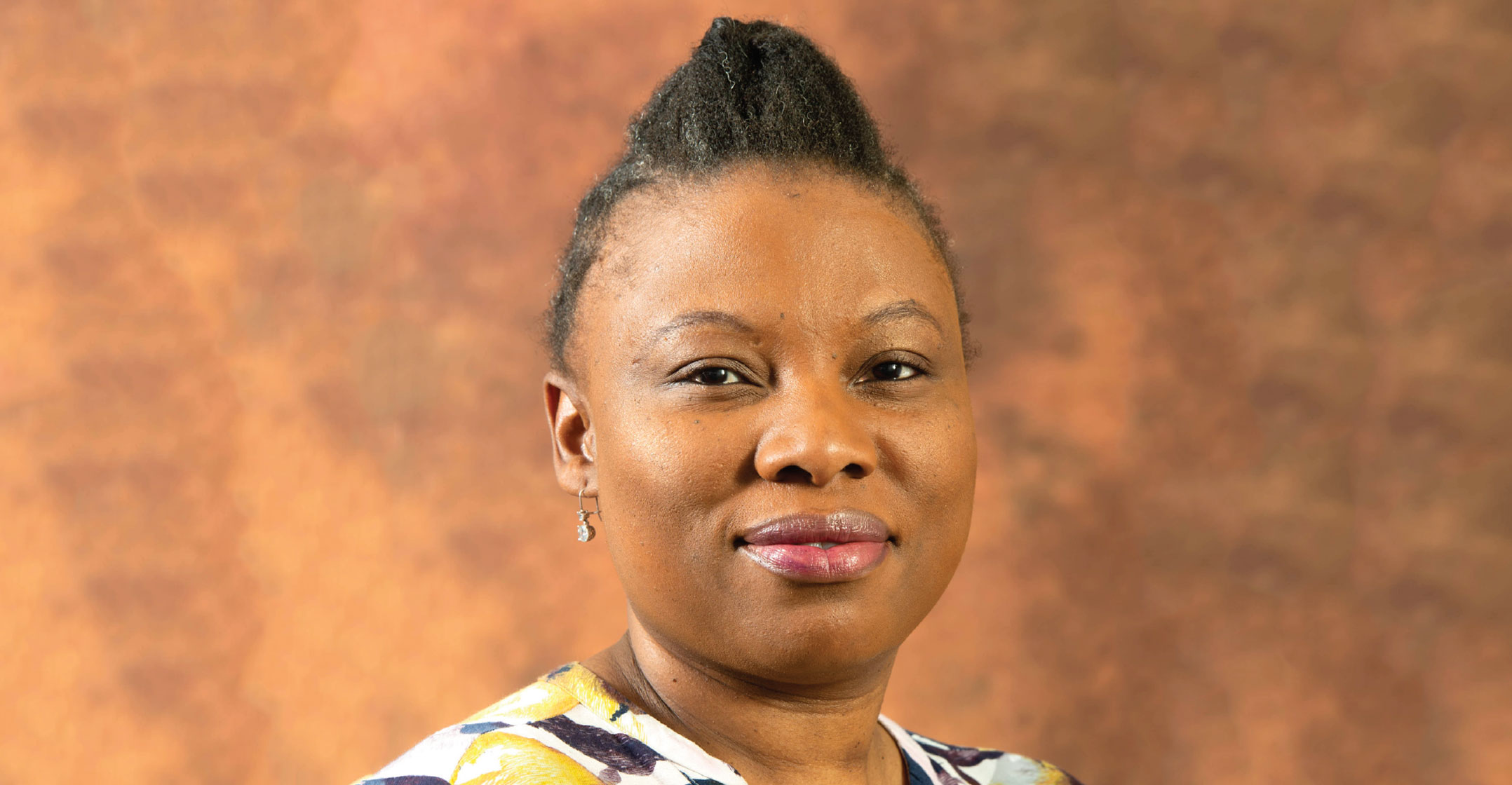
South Africa will complete its digital migration project by 2022 at the earliest, the acting government director-general with operational oversight of the project said in an exclusive interview with TechCentral on Monday.
Nomvuyiso Batyi, the acting DG of the department of communications & digital technologies, has questioned why communications regulator Icasa is pushing ahead with a plan to license spectrum early next year in the “digital dividend” bands still occupied by television broadcasters, cautioning against “licensing for the sake of licensing”.
Icasa plans to license spectrum in five bands by 31 March 2021, including the 700MHz and 800MHz bands still used for analogue television.
Batyi said, too, that much work still needs to be done in the broadcast digital migration project and that if she’s “generous” in her forecasting of the timelines, the project will be done by 2022. But that date could easily slip even further given that a complex digital “restacking” of frequencies must still take place after migration is done, she warned.
This news is likely to be met with disappointment among mobile telecommunications operators, which are champing at the bit to get access to the dividend bands to provide better in-building broadband coverage in the cities and wider coverage in rural areas, at lower cost.
Mobile broadband
South Africa’s digital migration project is already five years behind a deadline government agreed to with the International Telecommunication Union — an agency of the United Nations — to switch off analogue broadcasts. That was meant to happen by no later than June 2015. The communications minister in the Thabo Mbeki administration, Ivy Matsepe-Casaburri, originally committed South Africa to completing the project in November 2010. By that measure, the country is almost 10 years behind schedule.
Migration will not only free up radio frequency spectrum for mobile broadband – its principal objective – but will also allow new broadcasters to be licensed and for existing ones, both free-to-air and subscription players, to expand their offerings.
Batyi blamed national treasury for the latest delay in the project, saying it’s taken a long time for it to approve a December 2019 decision by cabinet to make state-owned broadcasting signal distributor Sentech responsible for the roll-out of subsidised set-top boxes to indigent households. This is after problems involving underserviced-area agency Usaasa, which had been responsible for the roll-out, left the entire project up in the air.
 According to Batyi, only 500 000 of 3.2 million set-top boxes meant for poor households have been installed to date. Some 863 000 boxes, already manufactured by local companies, remain warehoused by the Post Office pending Sentech taking over management of their distribution countrywide.
According to Batyi, only 500 000 of 3.2 million set-top boxes meant for poor households have been installed to date. Some 863 000 boxes, already manufactured by local companies, remain warehoused by the Post Office pending Sentech taking over management of their distribution countrywide.
Usaasa must enter into an agreement with Sentech for the project to move forward. “That has been the longest delay. The approvals from national treasury have been going to and fro. They said Sentech cannot be the sole supplier… We had a meeting with the office of the chief procurement officer last week pleading our case,” Batyi said, adding she expects to hear back from treasury early this week about whether the project can proceed.
“I’ll be disappointed if they don’t approve it after delaying so much. We have been trying to meet each and every requirement. We have done all the checks, we think, and we said that if there is anything missing, do tell us and we will fill in those gaps.”
Under the department of communications’ plan, Sentech will work with 1 500 installers around the country to install the 863 000 set-top boxes in Post Office warehouses. Sentech will also offer a call centre service and help educate those receiving the boxes to, for example, not switch them off overnight so they are kept updated with over-the-air software. (Apparently, this has been a problem in the North West and the Free State, with consumers switching off the boxes overnight in an effort to reduce their electricity bills.)
Even with the Post Office boxes installed, government will still be more than 1.8 million shy of its target of 3.2 million. Meeting that shortfall will be difficult because of fiscal constraints, Batyi said.
Second phase
However, this second phase of the project will be delivered using a voucher mechanism. People will be able to use the voucher to buy a set-top box or use the money towards buying a television with an integrated digital receiver. But Batyi admits that securing that funding in the current economic environment is a big challenge and no solution has been found yet. “The voucher scheme is not sufficient to cover the entire 3.2 million (indigent households).”
On Icasa’s plan to license the digital dividend bands to telecoms operators next year, Batyi said: “How do you license something that is not available? After the broadcasters leave the (digital dividend) bands, there has to be clearing of spectrum through a restacking. By Icasa’s own admission, that in itself will take time. I am talking to CEO of Icasa (Willington Ngwepe) as to how practically they see it working. Icasa is independent, so I can only ask questions … without being viewed as interfering.”
On Usaasa, which was placed under administration in December 2019 by communications minister Stella Ndabeni-Abrahams, the acting DG said the agency is set for a radical overhaul under new legislation planned for the ICT sector. It will be renamed as the Digital Development Fund and will be “professionalised”. It will no longer be operationally involved in projects like digital migration. Instead, its only mandate will be to collect funds and provide those to worthy projects in the sector working as a “sub-branch” of the department. — © 2020 NewsCentral Media




